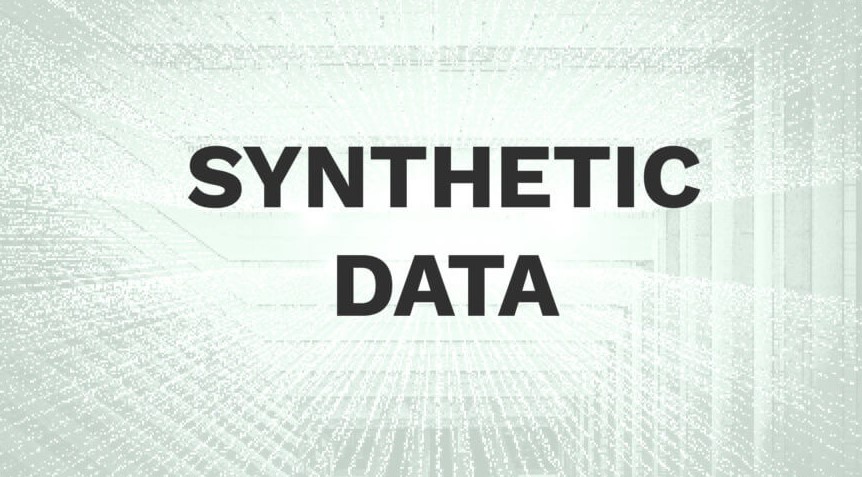Synthetic Data: The Complete Guide
Table of Contents:
-
Introduction to Synthetic Data
- Definition and Purpose
- Why Use Synthetic Data?
- Types of Synthetic Data
-
Generating Synthetic Data
- Techniques for Synthetic Data Generation
- Generative Models (GANs, VAEs)
- Rule-Based Approaches
- Data Transformation
- Data Augmentation
- Text and Language Generation
- Simulation and Modeling
-
Applications of Synthetic Data
- Machine Learning and AI
- Privacy Preservation
- Data Augmentation
- Testing and Development
- Research and Benchmarking
- Data Anonymization
- Simulation and Training
- Network and Security Testing
- Financial Modeling
- Content Generation
-
Challenges and Risks
- Quality and Realism
- Model Bias
- Overfitting
- Lack of Rare Events
- Privacy Risks
- Data Leakage
- Model Evaluation
- Ethical Concerns
-
Future Trends in Synthetic Data
- Advancements in Generative Models
- Privacy-Preserving Solutions
- Customization and Personalization
- Domain-Specific Solutions
- Data Augmentation and Enrichment
- Simulation and Training
- Validation and Testing
- Interdisciplinary Applications
- Ethical Considerations
- Standardization and Benchmarking
- Education and Research
-
Conclusion
1. Introduction to Synthetic Data:
Definition and Purpose: An overview of what synthetic data is and its primary purpose in data science and machine learning.
Why Use Synthetic Data?: The reasons and advantages of using synthetic data, including addressing data scarcity, privacy concerns, and diversity requirements.
Types of Synthetic Data: An explanation of fully synthetic and partially synthetic data, along with their respective use cases.
2. Generating Synthetic Data:
Techniques for Synthetic Data Generation: A detailed exploration of various methods for creating synthetic data, such as statistical methods, generative models, rule-based approaches, data transformation, data augmentation, text generation, and simulations.
3. Applications of Synthetic Data:
Machine Learning and AI: How synthetic data enhances model training, testing, and development in artificial intelligence.
Privacy Preservation: The role of synthetic data in protecting sensitive information and ensuring compliance with privacy regulations.
Data Augmentation: How synthetic data augments real datasets to improve model performance.
Testing and Development: How synthetic data supports software testing, prototyping, and experimentation.
Research and Benchmarking: The use of synthetic data in benchmarking algorithms and conducting controlled experiments.
Data Anonymization: How synthetic data can be used to anonymize sensitive datasets.
Simulation and Training: The role of synthetic data in simulating scenarios for training autonomous systems and models.
Network and Security Testing: The use of synthetic data for testing network security and intrusion detection.
Financial Modeling: How synthetic data assists in financial modeling and risk assessment.
Content Generation: How synthetic data is used in creative fields like media production and art.
4. Challenges and Risks:
Quality and Realism: The challenge of ensuring synthetic data accurately represents real data.
Model Bias: How synthetic data can introduce bias if not carefully designed.
Overfitting: The risk of models overfitting to synthetic data and performing poorly on real data.
Lack of Rare Events: Addressing the absence of rare events or anomalies in synthetic data.
Privacy Risks: Considerations regarding potential privacy risks associated with synthetic data.
Data Leakage: Preventing inadvertent exposure of sensitive information in synthetic data.
Model Evaluation: Challenges in evaluating model performance using synthetic data.
Ethical Concerns: Ethical considerations surrounding the use of synthetic data, including fairness and transparency.
5. Future Trends in Synthetic Data:
A look at emerging trends and developments in the field of synthetic data, including advancements in generative models, privacy-preserving solutions, customization, domain-specific solutions, and more.
6. Conclusion:
A summary of the key points discussed in the guide and the growing importance of synthetic data in data science, machine learning, and various industries.




